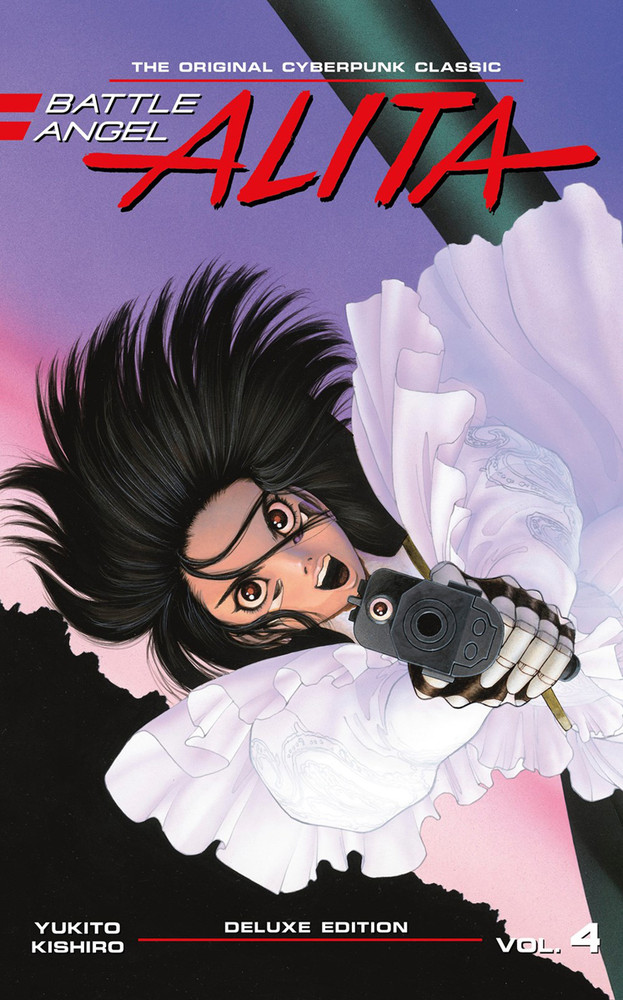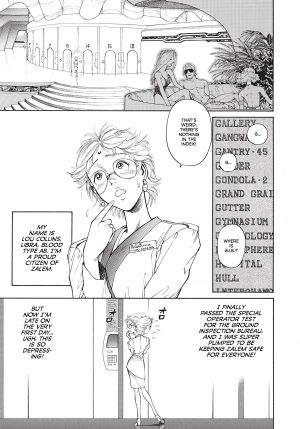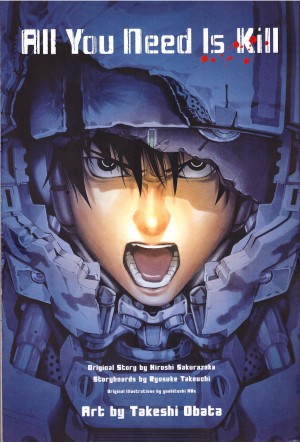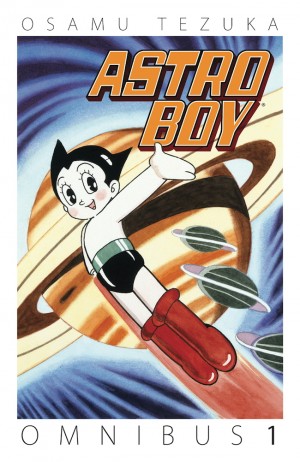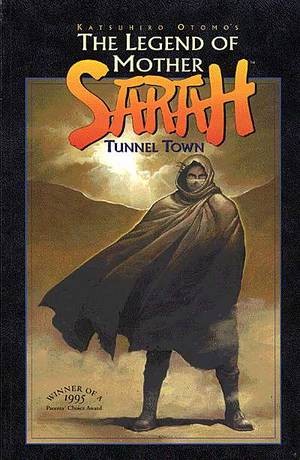Review by Ian Keogh
Since the beginning of the series there’s been a chasm between the inhabitants of the Scrapyard and their dog eat dog existence, and the imagined glamour and comfort of life in the floating city of Zalem. While Alita has been working for Zalem and getting upgrades from them, we’ve not seen much of the city itself, and that changes with the opening of this book, in which we follow Alita’s new contact on her first day on the job, as viewed on the sample page. She’s one of several new characters introduced, the most of interesting of them being Kaos, a DJ able to pick up on the history of an object just by touching it. He harbours a surprising secret, and a surprising heritage, both of which are revealed before the end. There’s also a proper introduction for Barjack Den, terror of the Badlands, whose ambition is to bring down Zalem, and the reintroduced threat of Desty Nova, renegade citizen of Zalem, while a leap forward after ten years allows a new perspective on someone last seen as an infant.
Reading what was originally Angel of Chaos and Fallen Angel combined reinforces the sense of Yukito Kishiro now having a sense of exactly where the story is heading, and with that in mind rushing full pelt to reach that ending. Once he gets going, Kishiro really pushes things forward at an almost manic pace, throwing in new people, new locations and ever greater threats, culminating with one that even Alita in her powered up version has to take very seriously. In fact, there’s no logical way she should be able to win unless there’s something more to her. Despite the threat, an indication of the overall pace of this section is that Kishiro deals with it in half a chapter.
Artistically Kishiro turns in a virtuoso performance. His action scenes have grown progressively more imaginative and dynamic, and there’s a superb depiction of an old fashioned steam train among several other notable single images. This is all seen at its best on the larger pages and glossy paper of this hardcover volume.
As ever, the one downside is the translation, which lacks the flow of the dialogue used in the smaller English books published by Viz in the 1990s.
